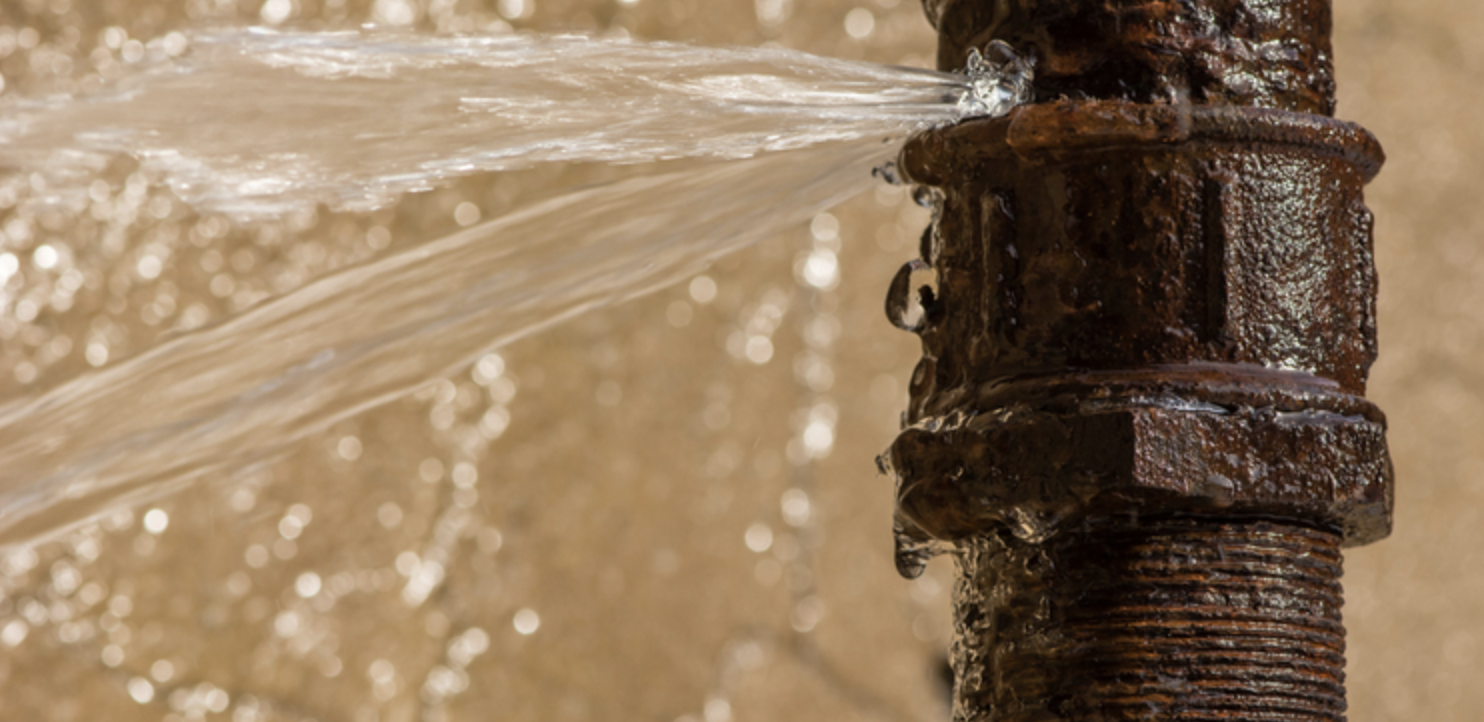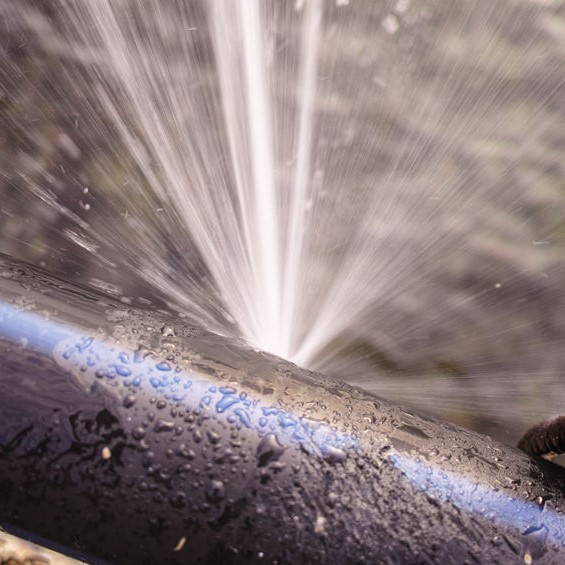We've uncovered this article pertaining to Do’s And Don’ts For Homeowners Managing With Water Damage down the page on the web and felt it made sense to write about it with you on this page.

What should you do if a water pipe bursts in your home? Do you want a mini-waterfall and also flooding in an area of your house? If you find yourself in this scenario, you have to act quickly. The longer you wait, the much more serious the damage that can take place to your home. The clearheadedness is key in these events. For these reasons, you need to discover how to act in the event of a ruptured pipes. Because time is of the essence, inspect out the adhering to tips below to assist you act quickly.
Turn off the Main Waterline Valve
Look for the neighborhood shut-off shutoff to transform off the water in one certain location only. If you don't know where the localized shut-off valve is, go for the major water line shutoff and also turn it off. Usually, the major shutoff is discovered outside the house next to the water meter.
Call Water Damage Reconstruction Pros for Aid
After closing the water resource, call the experts for help. This situation is not something you can do some DIY due to the fact that the pipelines required to be repaired and there is a need to resolve the various other damages to your home. Look for assistance from a reliable firm offering 24/7 emergency solutions if you can not cope. With their specialist assistance, you can protect against much bigger water damage consisting of distorted walls, loose floor tiles, or damaged frameworks. Don't take this trouble gently and look for specialist assistance for your full peace of mind as well as a credible option.
Record the Damages For Insurance
While you're waiting for the pros to show up, get some documentation of the damages brought on by the errant pipeline. Take photos and videos of everything. Do close-up shots of the harmed spots and prized possessions. Your documentation will act as evidence for your home owner's insurance. Keeping positive with this scenario aids you to sue for coverage, which will certainly better support you and your household to come back on your feet.
Salvage Things That Can Be Conserved
As soon as you're done taking images, analyze the harmed products and get the most important ones from the stack. Dry them off in a dry/warm location far from the broken area as well as attempt to preserve them as much as you can. Drag as much wetness as you can to the material so it can start to dry.
Start the Drying Process
You need to start the drying procedure asap. The good news is, the water from your waterlines is already clean so you don't need to fret about sewage system water. However, the streaming water might have interrupted the dirt and also debris in your carpets and floorboards. In this case, placed some handwear covers on and also begin some troubleshooting. Usage pails to unload out the water. Remove as much water as you can from the surface areas with old towels. Switch on an electric fan or open your home windows to promote air circulation. These steps will certainly speed up to dry and hinder mold and mildew as well as mildew development.
Experts are the only people certified to examine properly and take care of the burs pipes and also succeeding damage. As always, pipelines do not just suddenly break out of the blue. They usually offer silent red flags like gurgling paint, water spots. Weird sounds in the plumbing, caving ceiling, moldy smell, or peeling off wallpaper. Bear in mind of these signs and also do some safety nets so you can nip any concerns in the bud.
What should you do if a water pipeline ruptureds in your house? For these factors, you require to discover how to act in the occasion of a burst water pipe. After closing the water source, call the specialists for assistance. With their expert aid, you can avoid a lot bigger water damage consisting of warped walls, loose ceramic tiles, or damaged structures. Thankfully, the water from your waterlines is already tidy so you do not have to fret concerning sewer water.
BROKEN WATER PIPES: COST TO REPLACE & WAYS TO FIX A PIPE
CAUSES OF A BROKEN WATER PIPE
A water pipe can break for several reasons depending on the environment you live in, type of pipe, and circumstances.
The most common cause of broken pipes is freezing. If you live in a colder climate, this could happen. When water freezes it increases in volume by 9% and the pressure in the pipes can go from 40 psi to 40,000 psi. Clearly, this could be detrimental to the pipes. Water freezing causes quick expansion, which puts stress on the pipes and could lead them to crack or weaken. When water thaws, it will leak out the cracks. Other changes in water pressure can also cause breakage. Another common cause of broken water pipes is age.
Depending on the material, water pipes can last anywhere from 70-100 years. But the older they get, the more susceptible they are to weakening and corroding. Older pipes coming into contact with another material could speed up the corrosion process as well. PVC pipes can become brittle with age, while copper is prone to corrosion and stress over time. Something that could also potentially break water pipes is when they move. They may move from construction or the house settling. Moving can stress the fixed pipe which may lead to a leak or burst pipe.
HOW MUCH WATER COULD LEAK INTO YOUR HOUSE FROM A BROKEN PIPE?
The amount of water that leaks depend on how big the break in a pipe is. If it is just a minor crack, water will slowly leak out. This isn’t as serious as a full broken pipe, but it can still cause significant damage to your home. Burst pipes can leak up to 10 gallons of water per minute. The amount of water leaked also depends on what appliance is involved. The water line to your refrigerator can leak ½ to 1 gallon per minute depending on water pressure. One toilet supply line may leak 2-3 gallons a minute and a washing machine hose will leak up to 10-12 gallons per minute.
TURN THE WATER OFF
Doing this first is imperative; everything else can wait. You need to deactivate the water supply to stop the flow of water and prevent more water from leaking into your home. Shutting off the water could potentially save you thousands in water damage repairs. Locating the water shutoff valve depends on the climate you live in. For colder climates, the valves are usually inside, such as in the basement. For houses in milder weather, the shutoff valves will probably be outside—either attached to an exterior wall or in an underground box with a removable lid.
OPEN A FAUCET
The next thing to do is to open a faucet or turn on a sink. This will relieve any remaining water pressure in the pipes and ensure a full-shut down.
GET RID OF THE WATER
The quicker you get rid of the water, the less water damage and mold there could be. Use a mop and a shop vacuum to help get clean up the water. Use towels to dry everything the best you can.
CUT AND REMOVE THE DAMAGED PIPE
Once you have shut off the water and drained the damaged water pipe, you can begin to fix the issue. Cut out the damaged section of the pipe with a pipe cutter, ensuring that you also cut one inch extra on each side of the damage. Once you get rid of the broken part of the pipe, you may begin repairs.
https://www.wmhendersoninc.com/blog/broken-water-pipes-cost-to-replace-ways-to-fix-a-pipe/

I found that article on Do’s And Don’ts For Homeowners Managing With Water Damage when browsing on the internet. Do you know another person who is sincerely interested in the subject? Be sure share it. I thank you for reading our article about What To Do And What Not To Do When Dealing With Water Damage.